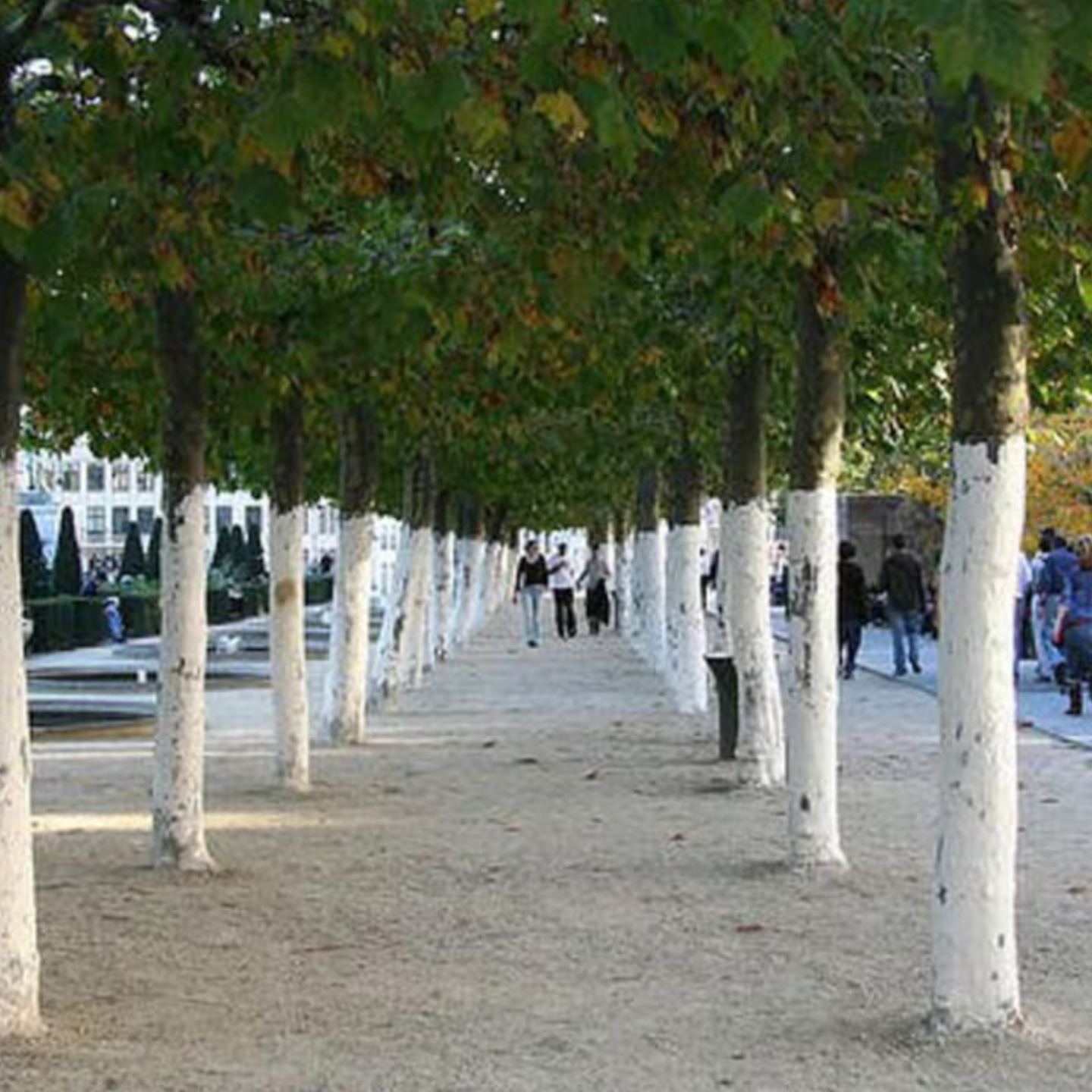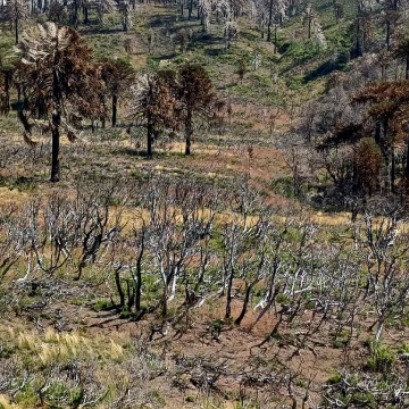
Why are the trunks of some trees white
White or wrapped painted of tree trunks is a common practice that goes beyond aesthetics. In various places, streets and even rural areas, this technique that has specific purposes for their protection, especially those youngest or vulnerable can be observed.
One of the main benefits of this technique is protection against solar radiation. Young trees with thinner cortes are especially susceptible to solar burns, which can weaken their structure and generate damage to new outbreaks. When applying a layer of lime in the trunks, direct exposure to the sun is reduced since a physical barrier is created that protects the cortex. In areas with extreme climates, the white painted helps protect trees from both excessive heat in Summer as frost in winter. The Cal applied in the trunks acts as an insulator, regulating the temperature of the cortex and minimizing the damage that may occur during the most extreme stations. The enchanted also contributes to the maintenance of the pH in alkaline soils. When gradually washed by irrigation or rain, lime is modifying the pH of the ground around the tree trunk, which can improve the conditions for its growth. This is important in agricultural areas where fruit trees, such as cherry trees, apple trees, require specific soil conditions to properly develop. Despite their multiple benefits, the dwelling also their detractors. Some experts argue that the cals applied in the trunks can hinder the breathing of the tree, since, in addition to using the leaves and branches, the trunk also participates in the gas exchange. In some cases, it can also hide the presence of pests or diseases, such as fungi, whose color can be confused with that of lime.
IT MAY INTEREST YOU
 They promote research in pine resins from the NEA
They promote research in pine resins from the NEA
The forestry industry is one of the most important sectors in the economies of Misiones and Corrientes. Thousands of hectares of pine supply the paper, pulp, boards and sawmill industry. Pinus elliottii, one of the species established in the region, in addition to providing wood, is used to produce resin, a non-wood forest product with high demand in the chemical, pharmaceutical and cosmetic industries. In 2\024, resin extraction of approximately 52,6\0\0 tons was achieved from approximately 18,\0\0\0,\0\0\0 trees in production, generating income and jobs with high expansion potential.
 The second largest wetland in South America is located in Argentina: what is it?
The second largest wetland in South America is located in Argentina: what is it?
Argentina has national parks that place it in a unique position within South America, competing with 300 others. Which is the largest? South America is home to more than 300 national parks, but many go unnoticed. There are extensive wetlands that have been the subject of major ecological restoration projects, to coastal mountains with deep indigenous heritage. Today we tell you the case of one located in Argentina.
 Specialists from 10 provinces develop forest landscape restoration strategies throughout the country
Specialists from 10 provinces develop forest landscape restoration strategies throughout the country
The program is developed by researchers from INTA, Conicet and the Argentine Wildlife Foundation.





















